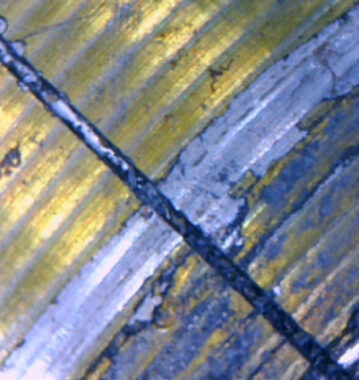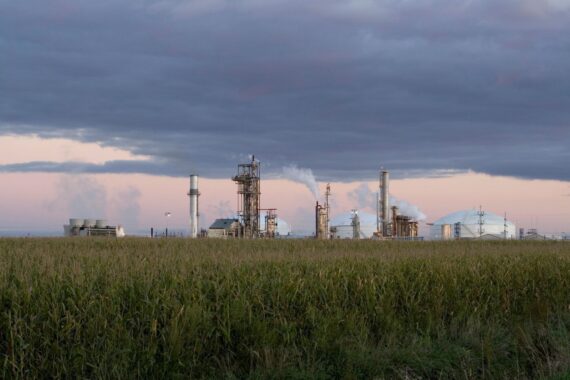
The importance of sealing materials in safe and efficient integrated fertilizer production

Jo Shailes on Technical Articles · Feb 11, 2022
The need to optimize fertilizer plant operations, driven by a range of external and internal influences, means that plant operators must be confident that all equipment is both reliable and high performing
A facility for the production of nitrogen-containing mineral fertilizers (>46%) often integrates plants for ammonia production, nitric acid production, fertilizer (NPK) plant for calcium and/or ammonium nitrate production and plants for the production of urea.
These plants typically employ various corrosive, hazardous and abrasive fluids, and chemicals. The temperatures may stem from the processing and handling of cryogenic liquids (for example at -186°C for auxiliary liquid argon) and at -33°C for liquid ammonia storage to over 1000°C in the reformers. The pressures are as high as 175-350 bar in ammonia converters and 150-250 bar in urea plant reactors.
The industrial production of ammonium nitrate entails the acid-base reaction of ammonia with nitric acid: HNO3 + NH3 → NH4NO3. The ammonia required for this process is normally obtained by the Haber process from nitrogen and hydrogen.
Ammonia produced by the Haber process can be oxidized to nitric acid by the Ostwald process. Downstream of the ammonia production, the ammonia and carbon dioxide are then reacted at high temperature and pressure to produce molten (liquid) urea which is cooled and manufactured into granules or prills for industrial use and as an agricultural fertilizer. The hot melt can also be used to prepare urea solutions.
The aim of this paper is to describe the challenges placed on gaskets and sealing materials in the different parts of typical fertilizer manufacturing plants and provide an analysis of available sealing technologies. The paper also includes examples of successful sealing solutions.
Selecting the right gasket material can minimise downtime, maintain safety and maximise the efficiency of plant operations as demonstrated by the provided case studies.
The paper addresses the current trends in the fertilizer industry which is looking at decarbonising its processes by adopting new ‘green’ technologies and where a selection of high-performance sealing technology will be important.
To continue reading the article, click here
More from Technical Articles
COMSOL Multiphysics FEA Modelling of Gasketed Bolted Flange Joints
James Knights on Technical Articles · Jul 08, 2024

Imagine a future where in extreme environments it is possible to model and simulate a gaskets performance and know the lifetime of a bolted flange joint, sealed with a DeltaV-Seal. Pipeotech's…
DeltaV-Seal 800HT - Assessment of high temperature pipework design for pilot plants
James Knights on Technical Articles · Dec 05, 2022

Ensuring the DeltaV-Seal™ gasket provides gas tight performance even when operating at temperatures as high as 880 °C (1616 °F).
Stability and tightness of damaged flange joints with DeltaV-Seal Gaskets

Jo Shailes on Technical Articles · May 11, 2022

Imperfections on flange faces happen. With more and more companies adopting low emissions business practices, can damaged flange surfaces provide a suitable seal to meet environmental compliance?…
Amended Technical Instructions on Air Quality Control (TA Luft) – What does it mean for Pipeotech and our customers?

Jo Shailes on Technical Articles · Feb 14, 2022

The Technical Instructions on Air Quality Control (TA-Luft), which have been revised in 2021, are a comprehensive instrument for German authorities to control air pollution.
